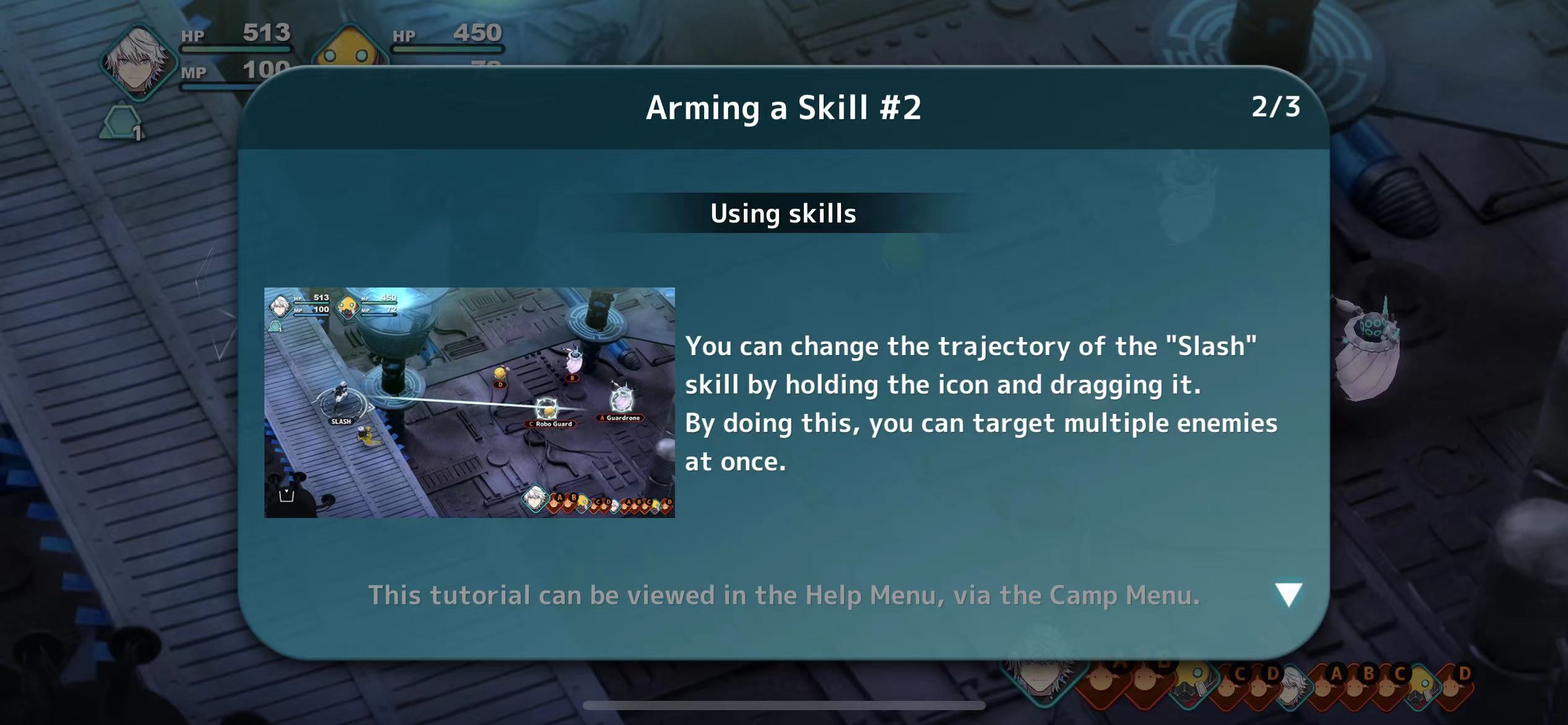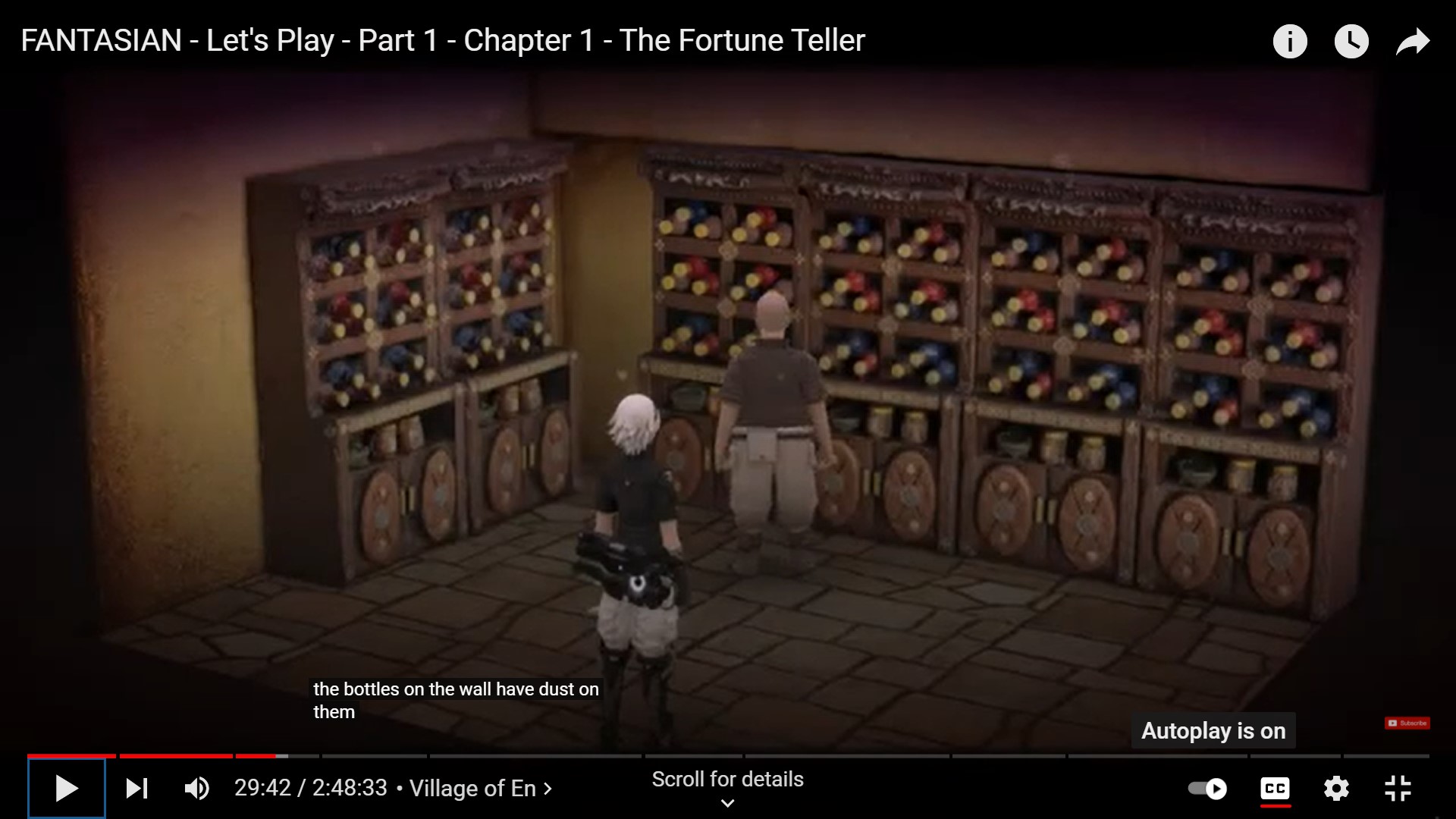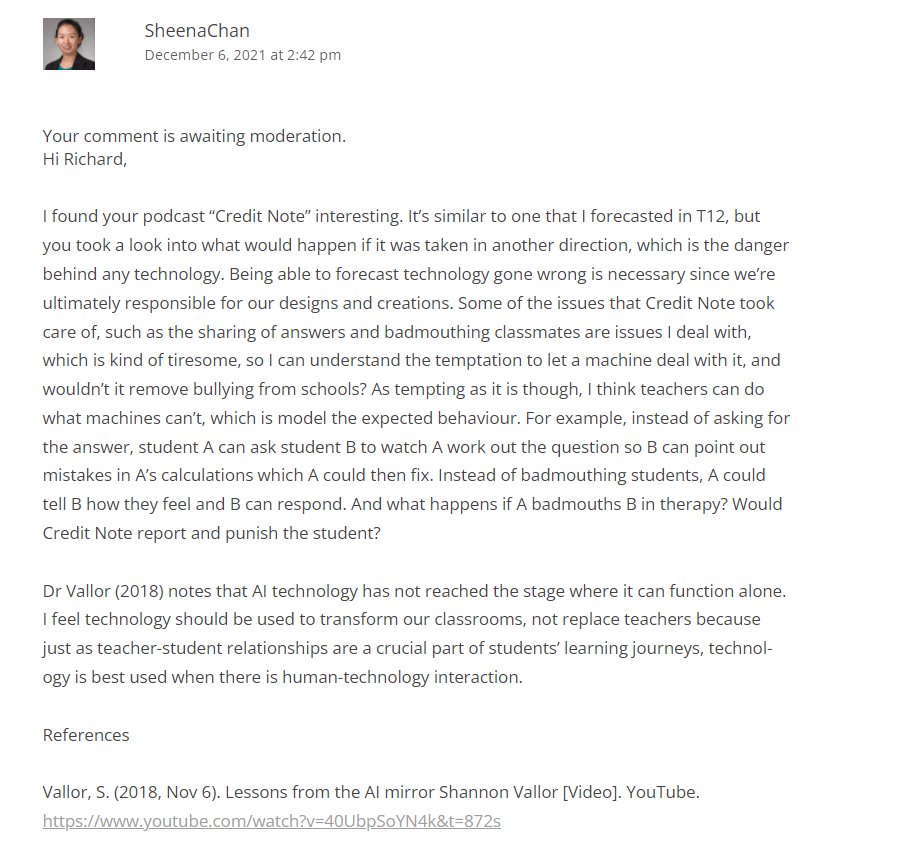Exercise 1.1 Become a game tester
Puzzles and Dragons Playing Experience
| My Playing Experience |
My Friend’s Playing Experience |
| Entered dungeons and started playing upon opening game |
First checked inbox for promotions and quests |
| Moved the orb within the given time limit |
Moved the orb until the time limit was over |
| Relied heavily on player power-ups for knock-outs |
Used power-ups to enhance team’s abilities |
| Spent most time in dungeons powering-up |
Spent time in quests completing challenges, such as getting 25-game win streaks |
| Doesn’t sell any monsters obtained from playing |
Examines and sells selected monsters upon acquisition
|
| Bought multiple normal eggs with pal points |
Used magic stones to buy rare, limited-edition eggs |
To borrow Fullerton’s (2014) analogy, game designers don’t know how players will engage with a game until dinner is served (p. 3). Because of this game’s similarity to games like Bejeweled, I ignored many of the extra features such as evolution and the egg machines. Focusing on one aspect of the game was not enough to keep me interested. My friend has been playing this game for a while; he was the one who introduced me to this game when I asked him to help me with this exercise. I felt overall his game time was spent more effectively than mine. The first action he did was to open his inbox and check any new messages he received so he would know about any new limited-time promotions and quests as well as know what bonuses he received while he was away. I didn’t check my inbox because I want to avoid promotions and avoid succumbing to in-app purchases. While I did go through the tutorial, I didn’t spend much time becoming more familiar with the game world, such as learning which monsters can be used for evolution material and which monsters have useful leadership skills that can be used to increase the team’s defense or attack skills. One of the reasons I didn’t initially bother reading up on all of this was I found the text lengthy–it was an information overload for someone new to the game. Another reason is when I did try to evolve my monsters, I was greeted with flashing purchase signs for all the materials I had not yet acquired. After watching my friend play, I have tried to play more mindfully, moving the orbs to get as many points as possible instead of trying to move them as quickly as possible. For some reason, I thought I’d be penalized if I took too long to move the orbs. I wonder now why I did not experiment and test limits instead of blindly following rules. Now that I’m playing the game with more purpose, I am finding this game more interesting. I wonder if a more detailed tutorial or a tutorial that was introduced in pieces at certain points of the game would have increased my initial engagement.
Exercise 2.2: Players describe how players might join or start a game of Go Fish versus single-player Quake.
| Go Fish |
Quake |
| The game needs to have at least one interested player approach other potential players and ask them to play with them. |
A single player can play without taking any social step.
But if the game is being played by someone else, an interested player would need to ask if they can have a turn after the current player. The players would then need to negotiate how much time each player will have. |
| To start a game, a player who understands the rules can explain how to play, or new players can read over the gameplay instructions together
Trial and error could be used here, but most likely the other player(s) would become annoyed and stop playing or kick the person out of the game. This reaction is due to the player attitude. Fullerton (2014) notes agreeing to play a game involves the “voluntary acceptance of the rules of a game” (p. 33).
|
The player can go through a tutorial, find a walkthrough online, read the instruction manual that came with the game or use trial and error |
| New players can learn how to play by watching people play the game |
| A deck of playing cards and a flat surface to lay the extra cards. |
A PC or game console is needed
If you use a game console, a controller and TV screen are also needed
The actual game is needed
Electricity and memory card, because the game must be saved at every level |
There is a social aspect to both games. Despite being a single-player game, Quake feels like a more social game because there are different tournaments, demos and livestreams so people can watch other players play. Go Fish does have a couple instructional videos, but due to the simplicity of the game, there does not seem to be a need for various videos on strategy.
Exercise 2.4: Rules Can you think of a game that has no rules? If so, describe it. How about one rule? Why is this exercise difficult?
I can’t think of any game with no rules. The closest game I can think of with one rule is driving in some cities. The rule is no contact, in other words, don’t hit anyone and don’t get hit. This exercise was difficult because rules tie the player and game together. Fullerton (2014) notes that players respect the rules of the game with the understanding that they are a necessary component if the game is to function as a game (p. 35). Rules can limit our actions, which determines the parameters for winning. For example, when playing charades, if students are allowed an unlimited number of guesses, the challenge lessens which affects the sense of accomplishment at the end of the game.
Exercise 3.2: Three-Player Tic-Tac-Toe Create a version of tic-tac-toe that works for three players. You might need to change the size of the board or other elements of the game to do this.
I designed this version of tic-tac-toe so I could use it in a classroom setting. I thought a combination of cooperative and team competition would work best.
Objective: To get more points than any other player or team.
This three-team game of tic-tac-toe requires a tic-tac-toe player board as illustrated below, a tic-tac-toe scoreboard, a deck of question cards from any subject (e.g. mathematics, history, science, English). The three teams will elect a representative to start the game by playing rock-paper-scissors to determine the playing order. The first team can choose which tic-tac-toe score can be used.
The first team sends their first representative to select a question card. The player has 30 seconds to answer the question. Team members may assist the representative, but the representative must be the one to vocalize or write down the answer. If the representative is unable to answer the question correctly or within the allotted time, the next team has a chance to answer the question. If that team is unable to answer, then the next team can try. Each team has one chance to answer the question before it is placed at the bottom of the deck.
If a question is answered correctly at the first opportunity, that team can get one point and a chance to place either an ‘x’ or an ‘o’ on the player board. Teams that answer questions dropped by other teams may collect a point, but not a chance to place an ‘x’ or an ‘o’ on the player board.
Teams take turns sending different representatives to pick and answer question cards.
A team cannot send the same representative until each team member has had a chance to be a representative. Turns representing their team should be fairly allocated.
Teams can switch between using an ‘x’ or an ‘o’ on the player board. When a team gets three in a row, bonus points are given. The last spot marked to get the three in a row is found on the scoreboard. The flap is lifted the points are awarded accordingly.
When the player board is filled, a new player board and scoreboard can be started by the next team that answers their question correctly. The game ends after all question cards have been answered.
Tic-Tac-Toe Player Board
Example Tic-Tac-Toe Scoreboard
|
A |
B |
C |
| 1 |
X2 |
10 |
5 |
| 2 |
100 |
-10 |
25 |
| 3 |
15 |
X10 |
Switch points |
Exercise 3.3: Interaction Patterns For each of the interaction patterns, create a list of your favorite games in each pattern. If you can’t think of any games in a particular pattern, research games in that area and play several of them.
This exercise was good because I had to challenge myself to research different games to fill out this list. I did try a couple of the games new to me.
- Single player versus game
- Where in the World is Carmen Sandiego?
- Kingdom Hearts
- Final Fantasy VII and VIII
- Multiple individual players versus game
- HomeScape
- Pokemon Go
- Puzzles and Dragons
I took a while to decide if I should include games like HomeScape and Puzzles and Dragons. In HomeScape there are team events where you can form teams and solve puzzles to get points, but outside of the team events, you can solve the puzzles by yourself and get prizes based on how you score on the leaderboard. You can also ask friends for lives, kind of how one might ask to borrow a BINGO dabber from a neighbour in a BINGO hall. Puzzles and Dragons has the option of borrowing a helper player from a “friend” but otherwise, you don’t have to interact with the player.
Player versus player
-
- Chess
- Street Fighter
- Final Fantasy XIV: A Realm Reborn
Unilateral competition
-
- Mafia
- Mysterium – players are psychic investigators on the hunt for a murderer
- Among Us
These games feel similar to each other. Mafia is probably the most requested game in my upper primary classes. I think its cooperative and competitive interaction patterns make it engaging for students.
Multilateral competition
-
- Words with Friends
- Scrabble
- Mario Kart Tour
Cooperative play
-
- Overcooked 2
- Don’t Starve Together
- Sea of Thieves
Team competition
-
- League of Legends
- Awesomenauts
- Arena of Heroes
References
Fullerton, T. (2014). Game Design Workshop: A Playcentric Approach to Creating Innovative Games, NY: Taylor & Francis (CRS Press)/ Chapters 1, 2, 3.




